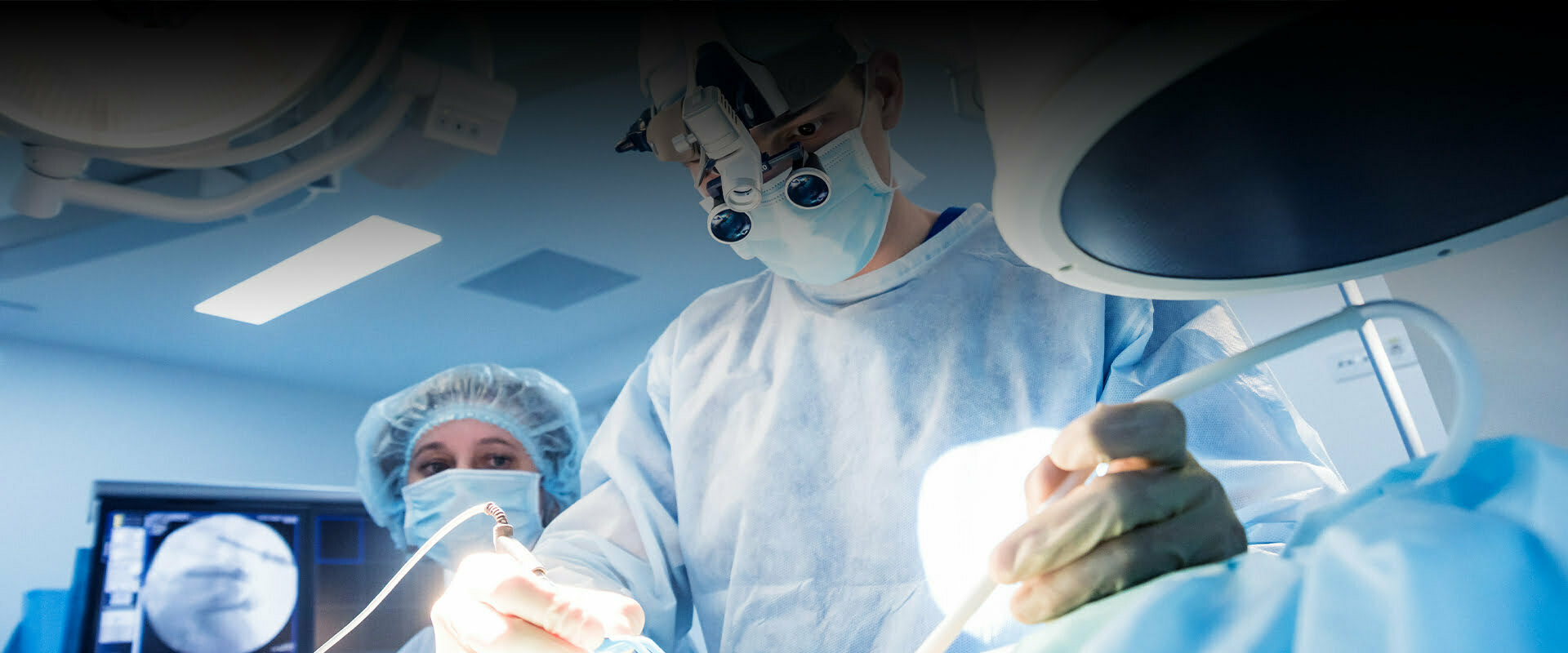Lymphedema
Understanding, Symptoms, Causes and Treatment
Lymphedema is a medical condition characterized by the accumulation of excess fluid in the body’s soft tissue, most commonly in the arms or legs. This can cause swelling, discomfort, and a feeling of tightness in the affected area.

Symptoms of lymphedema include:
- Swelling in the arm, leg, face, neck or other body parts
- A feeling of fullness or heaviness in the affected limb
- Stiffness in the affected limb
- Recurrent skin infections
- Reduced flexibility or range of motion in the affected limb
- Hardening or thickening of the skin in the affected area
There are two types of lymphedema: primary and secondary. Primary lymphedema is a rare genetic condition that occurs when the lymphatic system is not properly formed. Secondary lymphedema is more common and can occur as a result of a variety of factors, including:
- Cancer treatment, such as surgery or radiation therapy, that damages or removes lymph nodes
- Infections, such as cellulitis or lymphatic filariasis
- Injuries or trauma to the lymphatic system
- Obesity
Treatment for lymphedema typically involves managing the swelling, reducing discomfort, and preventing further damage to the affected limb. This may involve:
Complete Decongestive Therapy (CDT) is a comprehensive treatment approach for lymphedema that includes several components:
- Manual Lymphatic Drainage (MLD): A gentle massage technique that helps to improve the flow of lymphatic fluid and reduce swelling.
- Compression Therapy: The use of compression stockings, bandages, or garments to provide external pressure on the affected limb and help to reduce swelling.
- Exercise: Range-of-motion exercises and other physical activities that help to maintain flexibility and improve circulation in the affected limb.
- Skin care: Keeping the affected limb clean, moisturized, and protected from injury to prevent skin irritation and infection.
- Education: Providing information and training on the best ways to manage lymphedema and prevent further swelling.
CDT is typically administered by a certified lymphedema therapist, who will develop a personalized treatment plan based on the individual’s specific needs and symptoms. The goal of CDT is to improve the functioning of the lymphatic system, reduce swelling, and improve the overall quality of life for those with lymphedema.
It is important to note that CDT is not a cure for lymphedema, but it can help to manage symptoms and reduce the risk of complications. Regular ongoing treatment and self-care are essential for maintaining the benefits of CDT.
In severe cases, surgery may be necessary to remove excess fluid and improve the function of the lymphatic system.
There are several surgical options for the treatment of lymphedema:
- Lymphaticovenular anastomosis (LVA): This is a microsurgical technique that involves connecting healthy lymphatic vessels to veins to improve the drainage of excess fluid.
- Lymph node transfer: In this procedure, healthy lymph nodes are transplanted to the affected limb to improve the functioning of the lymphatic system.
- Vascularized lymph node transfer (VLNT): This is a type of lymph node transfer that involves transplanting a section of a blood vessel along with the lymph node to ensure adequate blood supply to the transplanted tissue.
- Surgical debulking: This is a procedure that involves removing excess tissue and fat from the affected limb to reduce swelling.
- Staged multi-lumen tube-assisted lymphaticolymphaticovenular anastomosis (SML-TALOA): This is a combination of LVA and surgical debulking that can be used to treat severe lymphedema.
It is important to note that these surgeries are typically only recommended for severe cases of lymphedema that have not responded to other treatments. The decision to undergo surgery should be made in consultation with a qualified medical professional who is experienced in the management of lymphedema.
It is important to seek treatment as soon as possible if you suspect you have lymphedema. Early treatment can help to prevent further swelling and reduce the risk of complications, such as infections.
Living with lymphedema can be challenging, but with proper care and treatment, many people are able to manage their symptoms and lead full and active lives. If you are experiencing symptoms of lymphedema, talk to your doctor to determine the best course of treatment for you.



Get an appointment
please fill form below to get in touch with us



